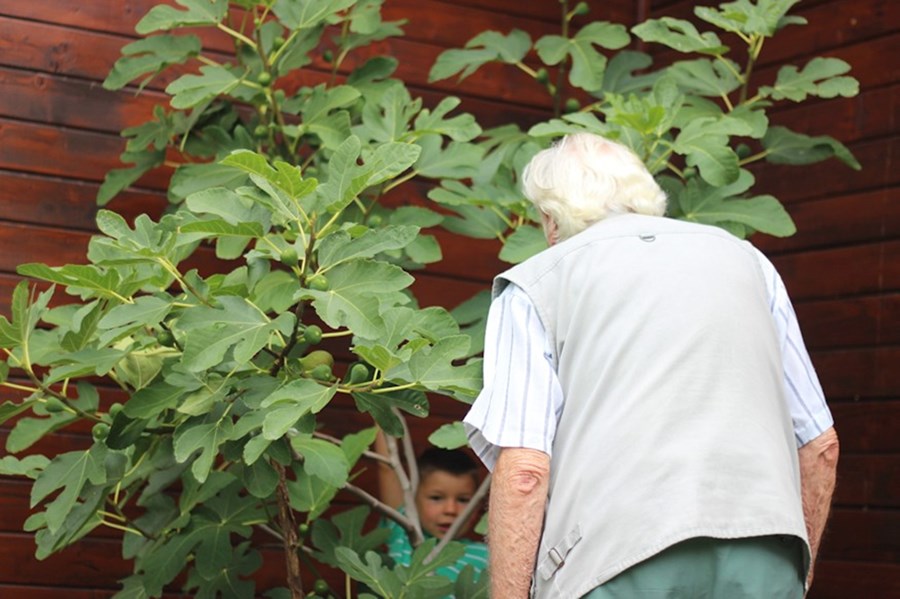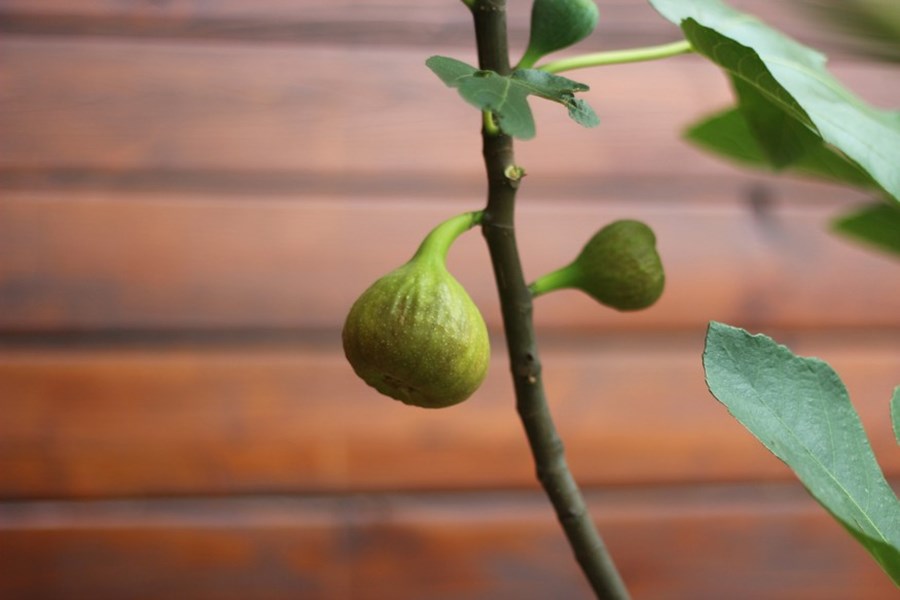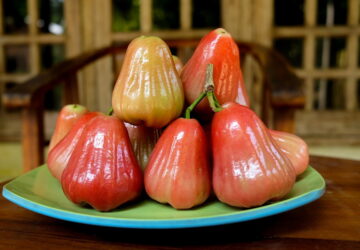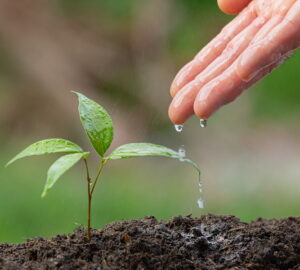If you’re a fig enthusiast, whether you have your own fig tree or indulge in buying these succulent fruits, you’ve probably pondered the challenging task of determining when they’re perfectly ripe. Fear not, for there are some straightforward tricks to this sweet conundrum!
If you’ve ever wondered, “When are figs ripe?”, the guide below will prove invaluable. It’s your roadmap to recognizing those luscious, ready-to-harvest figs that promise the most delightful flavor. Figs, both fresh and dried, are a delightful treat, and growing the tree is a breeze. We’ll provide you with essential tips on how to discern ripe figs from their unripe counterparts and when it’s the perfect moment to pluck them.
Protect Your Harvest from Hungry Critters
If you’re not the only one eyeing your figs, consider using bird netting to safeguard your precious crop.
3 Foolproof Methods to Identify Ripe Figs
1. Judging by Appearance
- Color: The color of a fig is a revealing clue. Unripe figs are typically small and green. Some varieties transition from green to brown or purple as they ripen, while others maintain a greenish hue. But don’t solely rely on color; there’s more to consider!
- Appearance: As figs mature on the tree, they gradually droop. This happens with all varieties, irrespective of their eventual color. Young, unripe fruits tend to stand upright, while ripe ones develop a characteristic downward bend at the stem.
- Size: Ripe figs grow larger as they ripen, although the specific size depends on the variety. If your figs aren’t growing, it could be due to an overloaded tree (consider thinning the fruits) or insufficient water. Cold weather, especially in cooler climates, can also hinder ripening, particularly towards the end of the season.

2. The Telltale Touch
To the touch, ripe figs yield gently when squeezed. Unripe figs, in contrast, remain hard. The difference lies in the ripening process, which brings forth the juicy sweetness of mature figs.
3. Savor the Flavor
Ripe figs are a revelation of sweetness, with a soft and smooth texture when plucked fresh from the tree. Unripe figs, on the other hand, are rubbery, dry and lacking in sweetness. The ultimate test of ripeness? A taste test! Most gardeners need only sample an unripe fig once to know it’s best to wait for harvest.

How to Harvest Figs
When it’s time to harvest figs, you’ll notice that ripe fruits detach easily from the tree. Simply grasp the fruit by the stem, lift and gently remove it from the branch. Occasionally, overripe figs may drop from the tree due to their size and weight if not harvested promptly.
If the stem oozes milky white sap when plucking the fig, it’s not yet fully ripe. However, if the fig boasts ripe color, size and a soft touch, it may still be edible and sweet, even with a trace of milky sap. Our advice? Taste a single fruit to gauge its sweetness. If it falls short, leave the rest on the tree for an additional 1-2 days.

A Note of Caution
We don’t recommend harvesting unripe figs and hoping they’ll ripen after picking. While they will soften at room temperature in a few days, the taste may not always be ideal. However, in regions with cooler climates where frost or low temperatures threaten late harvest, this option may be worth considering.
From time to time, ripe figs still clinging to the tree may release sweet juice – a sure sign they’re ready for harvest. Keep in mind that figs don’t always ripen simultaneously, so be patient with your bountiful fig tree!

A Symphony of Sweetness
Unlocking the secret to identifying ripe figs is like discovering a hidden treasure in your garden. By paying attention to color, appearance, touch and taste, you’ll become a fig connoisseur in no time. By mastering the art of fig ripeness recognition, you’ll be picking perfect figs and enjoying their exquisite flavors straight from your garden. Happy fig picking!









